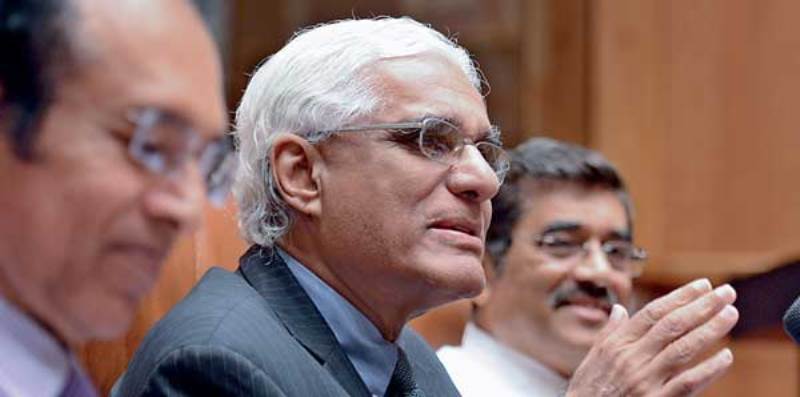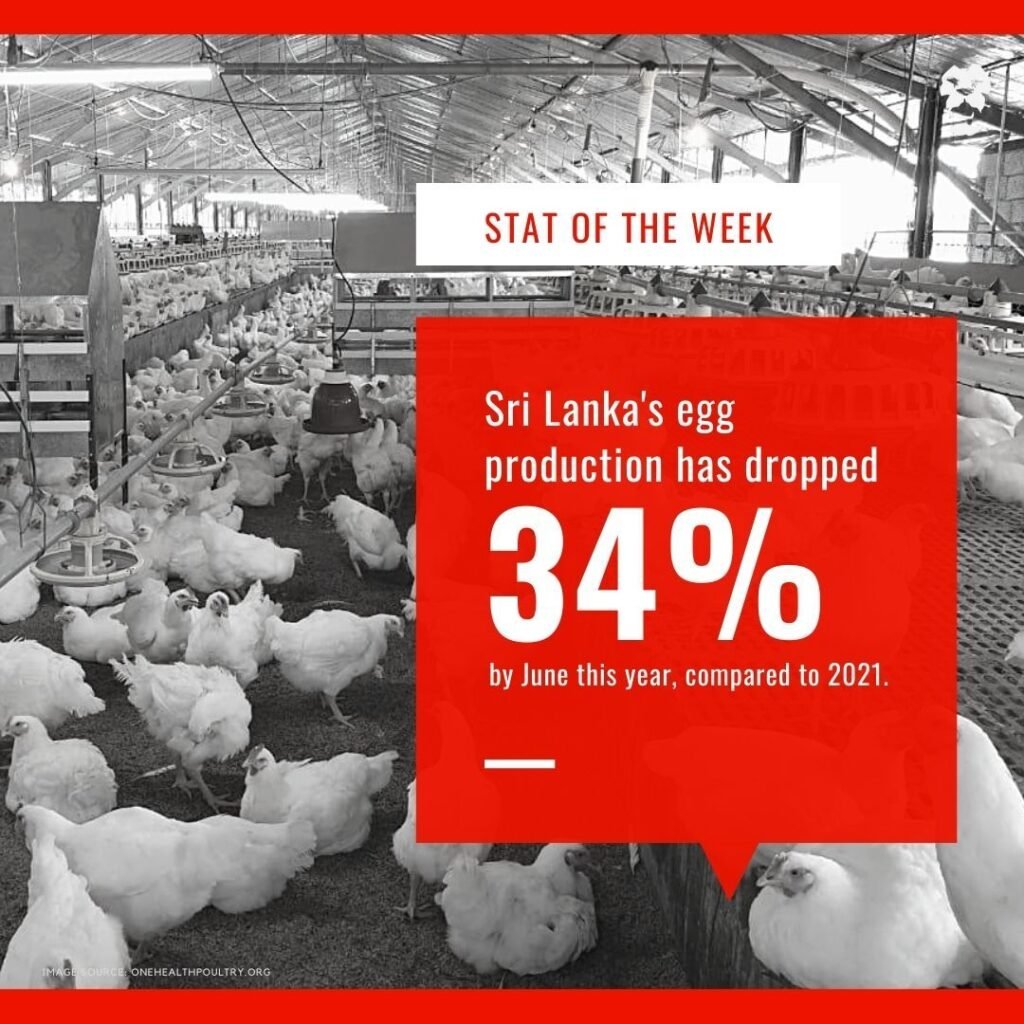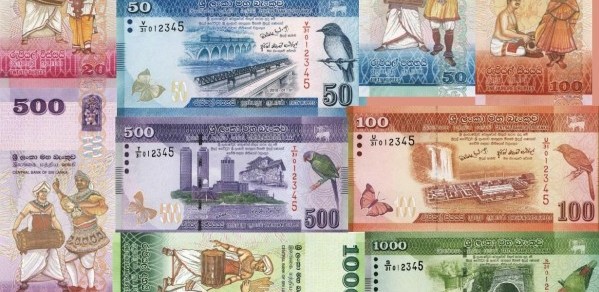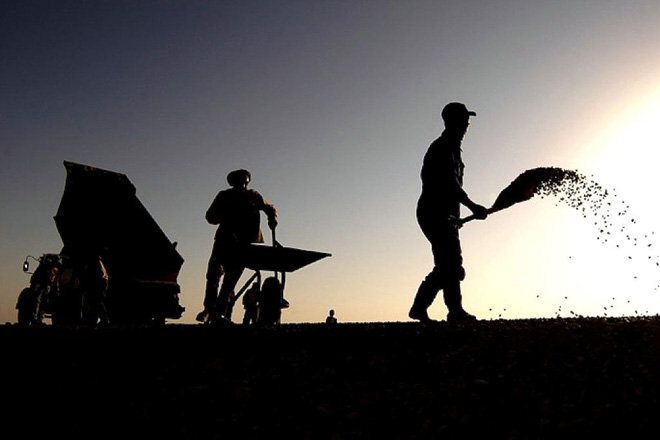
It sounds obvious, but the Government is the biggest buyer in the country. In 2015, the state’s shopping list came up to nearly Rs. 600 billion. That’s about 5.3% of GDP and 26% of total government expenditure, every year ‒ all of which is spent through public procurement. Six hundred billion (597, to be exact) is no laughing matter, and it goes without saying that if there is a way to save even a fraction of that cost by making the procurement process more efficient, the Government must explore such an option with the utmost urgency. Electronic procurement, or e-procurement, has been suggested as an alternative that could help cut costs and make the entire process significantly faster. This is an attempt to examine its pros and cons.
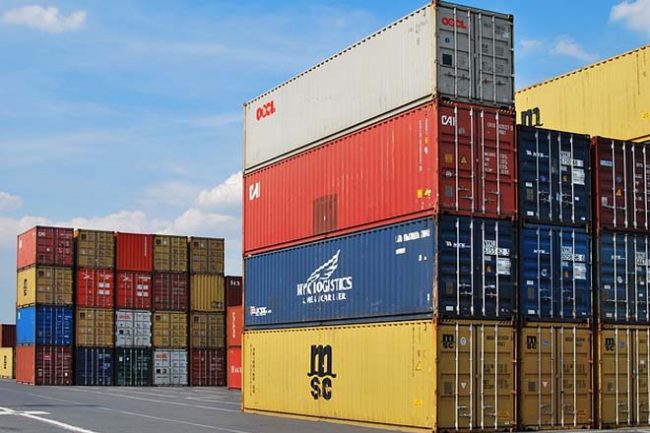
The Government spends around 5.3% of GDP every year on goods acquired through public procurement. Image courtesy pixabay.com
What Is E-procurement?
Simply put, e-procurement is the procurement of supplies that happens electronically on a digital platform. From publication of tender notices to bidding and to the eventual awarding of a contract, everything happens electronically via the internet, in a completely transparent manner. That’s all it is. The amount of time and money such an efficient process can save the Government is unprecedented, and that it should gradually ‒ if not overnight ‒ replace the current prohibitively sluggish public procurement process should be a no-brainer. However, given the state of the country’s public service and its resistance to change, that may be easier said than done.

e-Procurement has been proposed as a means of cutting government expenditure significantly.
Benefits
Among the more obvious advantages offered by e-procurement are increased productivity, reduced transaction time, centralised information, a wider spread supplier base, and a more cost-effective system overall for both the Government and private sector suppliers.
According to Analyst Sabrina Esufally at Verité Research, South Korea’s e-procurement platform saved suppliers USD 6.6 billion due to reduced labour and travel costs. Government suppliers in the Philippines saved USD 11.5 million in advertising costs from 2002 to 2011, due to the introduction of an e-procurement platform. In Bangladesh, e-procurement resulted in the price-to-cost ratio of awarded contracts decreasing by 10-12%.
“This means roads being contracted in a shorter period of time, more efficient services, and reduced costs to both the government and private sector,” said Esufally.
Director General of the Department of Public Finance, Priyanga Algama, concurs.
“The savings, efficiency, and productivity that an e-procurement platform will result in will be in the range of millions of dollars. We are committed and hopeful [towards making e-procurement a reality in Sri Lanka],” said Algama.
Status Quo
According to Algama, whose office is under the direct purview of the Ministry of Finance, reform is on the cards. A public financial bill is now being drafted that he says will replace “all important regulations” governing public finance. Public procurement, it turns out, will also see reform as part of this programme.
“We are revising the 2006 guidelines. Our target is to complete revisions by end of the year,” he said.
Discussions are underway with the World Bank, which Algama says has agreed to help with the reforms to public procurement. A diagnostic study carried out with the assistance of the World Bank as well as USAID has been already presented, he said.
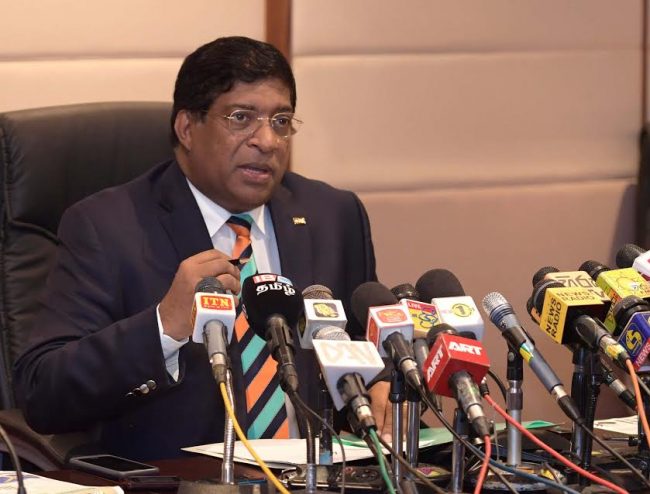
The Ministry of Finance is working on reforms to public procurement, which is expected to include provisions for e-Procurement. Image courtesy lankaenews.com
Current Weaknesses
According to research carried out by Esufally and her team at Verité, three key weaknesses in public procurement in Sri Lanka has been identified:
- Information: The information related to procurement, such as tender opportunities and contract awards, is difficult to access.
- High transaction costs: Bidding imposes high transaction costs on businesses and government agencies, including costs associated with preparing and submitting bids. The manual administration of procurement is time-consuming and cumbersome for government agencies.
- Anti-competitive practices: Sri Lanka’s procurement marketplace has featured anti-competitive practices that have led to increased corruption. For instance, the practice of accepting unsolicited proposals for large, high value projects that circumvent the process stipulated by the Government’s Procurement Guidelines, and altering specifications to suit the supplier.
How Can E-Procurement Help?
E-procurement has demonstrably resulted in increased fairness and transparency elsewhere in the world. According to Esufally, in Mexico, the number of contracts that were awarded to small and medium enterprises (SMEs) increased by 36% from 2010 to 2011. In Bangladesh, the number of registered bidders increased by 3500% ( from 520 to 18,000 bidders) after the introduction of its e-procurement system.
In terms of transparency, Esufally says an e-procurement system can ensure that suppliers are notified if bid specifications are altered prior to the close of bidding. The system can also publish the procurement plans of supplier entities, the composition of Technical Evaluation Committees and bid selection criteria, reducing opportunities and incentives for corruption in the bidding process.
Getting back to the example of Bangladesh, the processing time for public procurement contracts decreased from 51 days to 29 days. In India, e-procurement has facilitated a reduction of the tender time cycle from 90-135 days to 35 days.

Bangladesh reduced its tender time cycle from 90-135 days to just 35 thanks to e-Procurement. Image courtesy thinktenders.co.uk
“From a government perspective, e-procurement can lead to increased value for money, enabling it to negotiate contracts closer to market price. Efficient procurement systems significantly lift off an administrative burden. You handle less paper, you reduce the time in contracting, which also optimises your ability to provide services,” said Esufally.
The value proposition for the private sector, she said, is that e-procurement means a procurement that is increasingly accessible to larger market suppliers, resulting in increased opportunities and wider access to procurement markets.
Hurdles
In 2016, 98 countries had an e-procurement platform ‒ up from 63 countries in 2014. While it’s easy to say that it’s about time it was implemented in Sri Lanka too, there are obstacles that may get in the way.
When Roar asked Director General Algama about what he believed were the disadvantages to implementing e-procurement in Sri Lanka, he had this to say:
“I’m reluctant to talk about cons, since we’re very keen on introducing this. But in Sri Lanka, only certain segments of society are IT savvy,” he told Roar.
In the public sector, this can be especially difficult on an administrative level, he said.
“When you send someone an email, you have to call the guy and tell him ‘I sent you an email. Open it.’ In that kind of environment, you can’t really think of these things. Sometimes when you attach an email, you have to send the hard copy as well. Our system is still not ready,” he said.
Esufally, too, is hesitant to go the whole hog right off the bat.
“I don’t advocate that we start off with an end-to-end e-procurement system right away, because there are things we need to do in terms of software engineering and amending laws that you might need some time to implement. But there is really nothing stopping us from addressing the information problem that exists right now in procurement, through an e-procurement platform. We can do that tomorrow,” she said.
Conclusion
While the process is not without its hiccups, particularly in the case of Sri Lanka given its less than stellar public service, it seems obvious that introducing an e-procurement platform can significantly enhance the transparency, fairness, and efficiency of the country’s public procurement marketplace. Here’s hoping the powers-that-be take the initiative to actually make it happen.
Featured image courtesy lankabusinessonline.com

